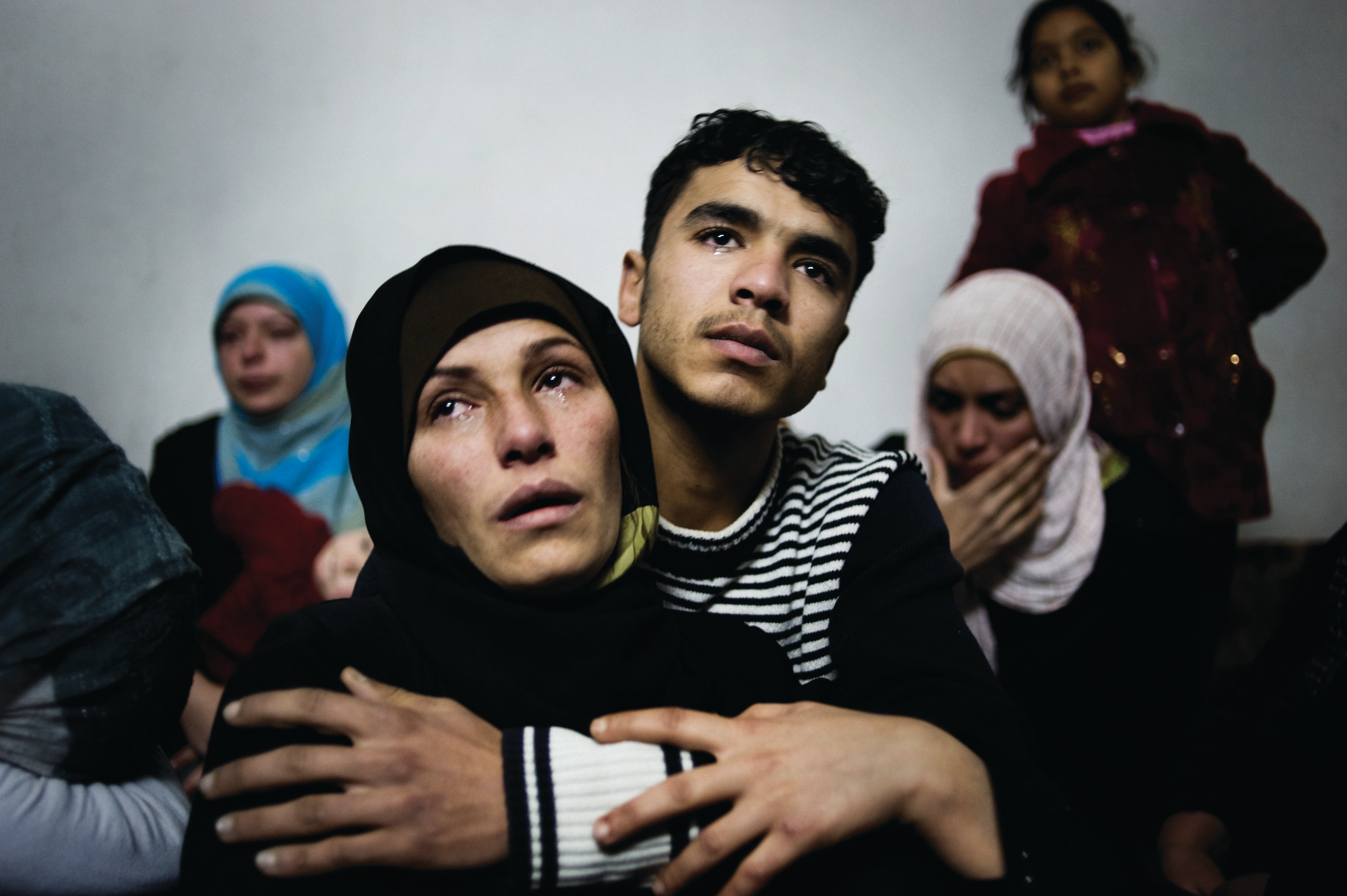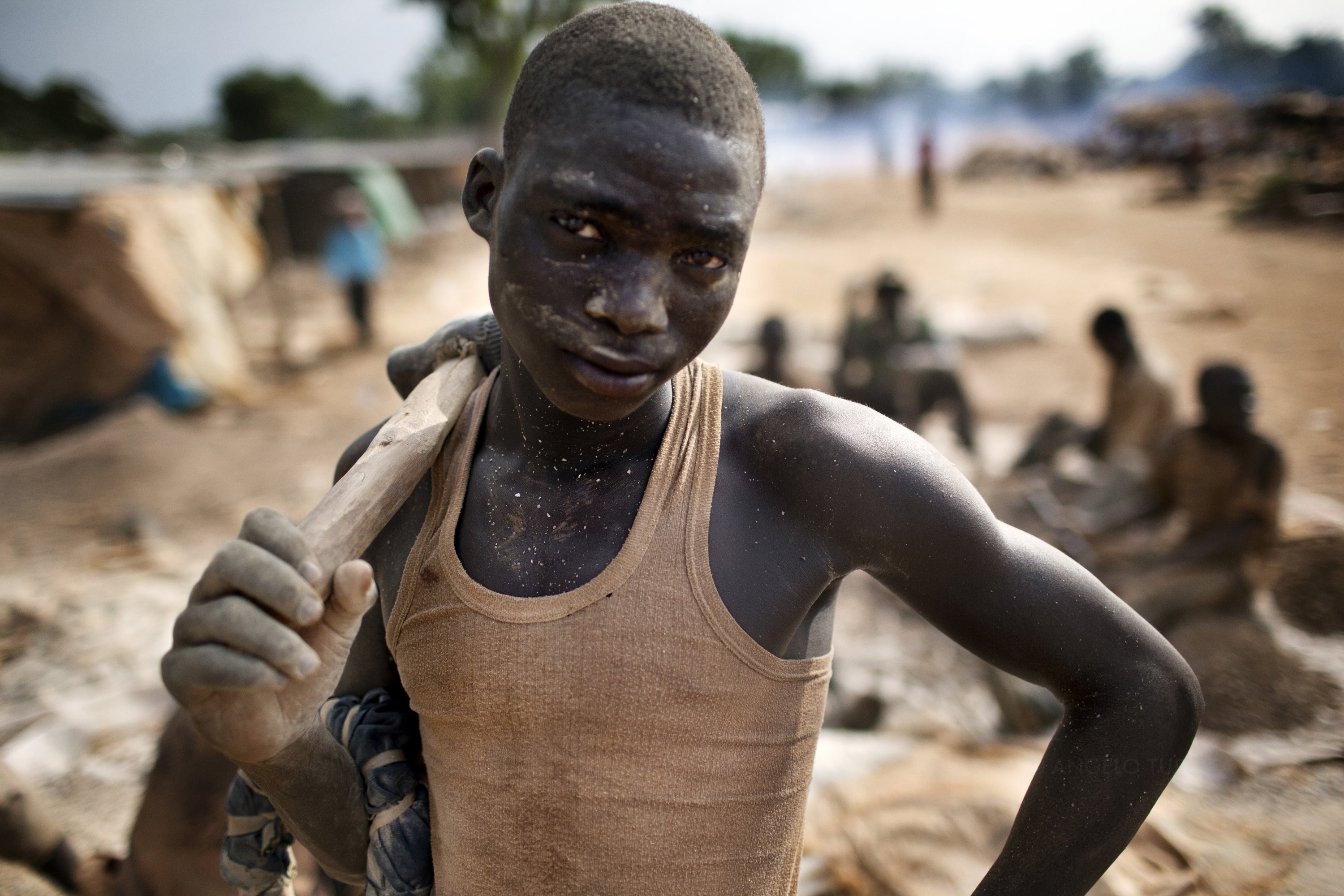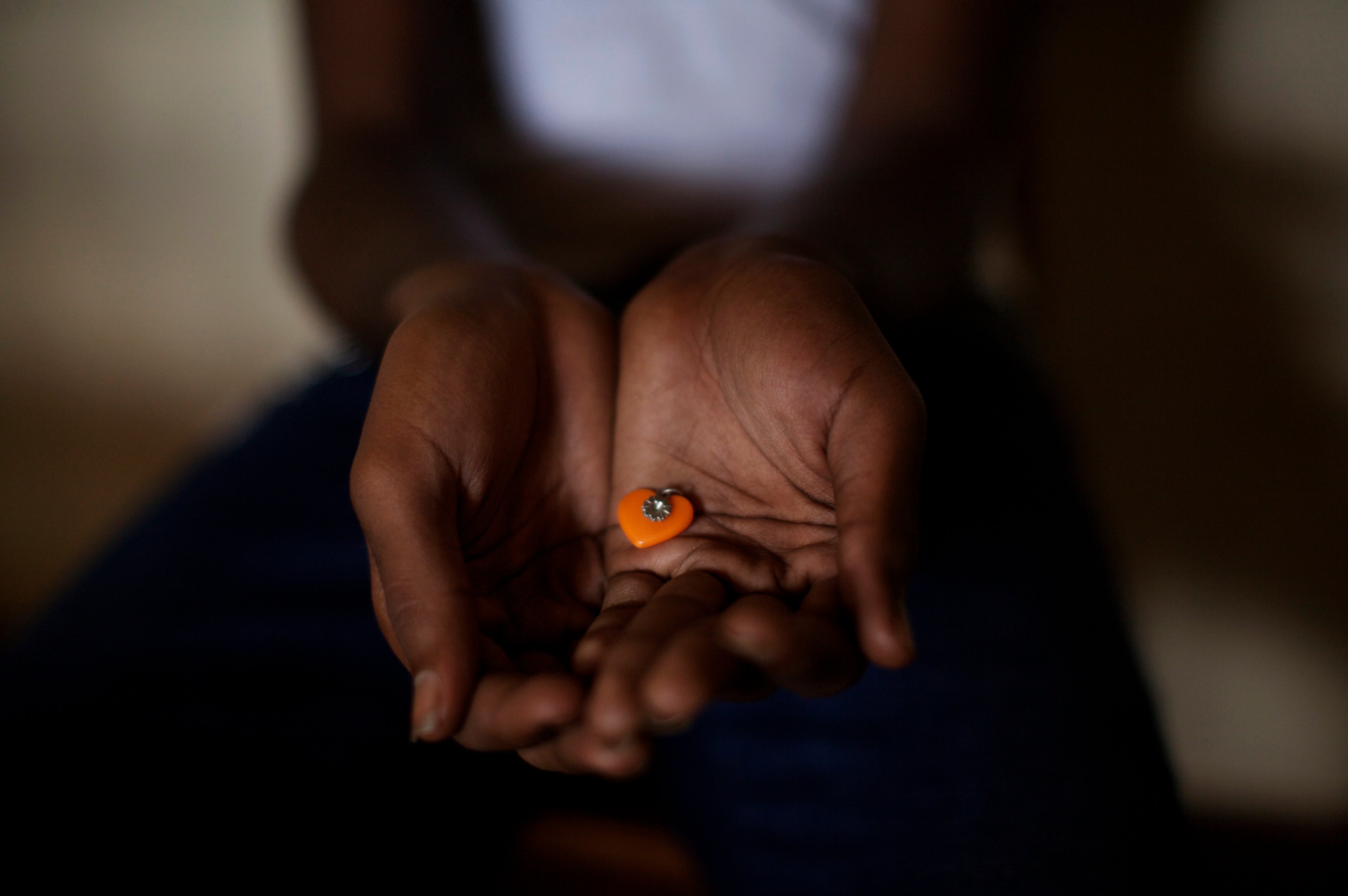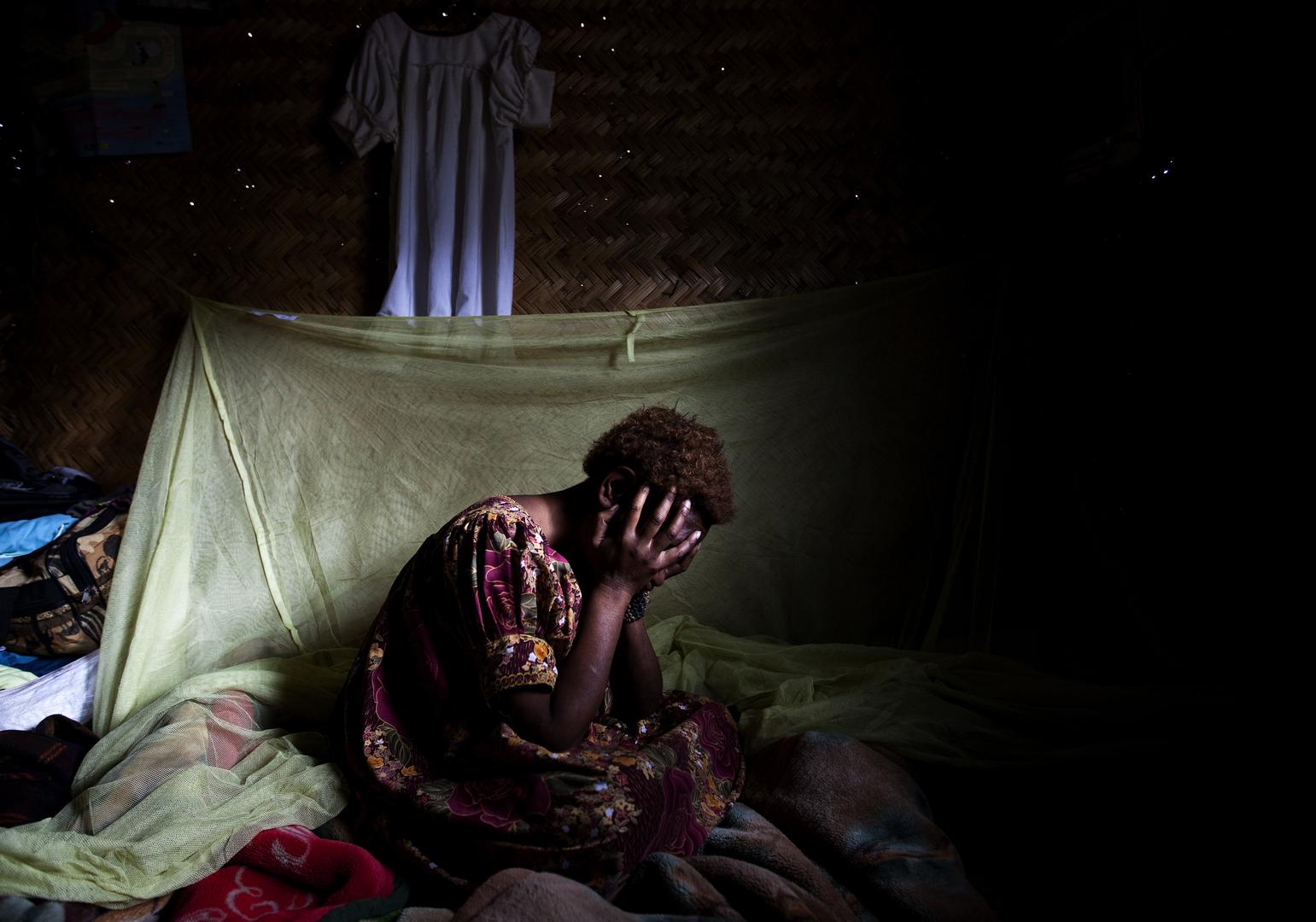Colombia's internal armed conflict continued to result in serious abuses by irregular armed groups in 2012, including guerrillas and successor groups to paramilitaries. More than 4 million Colombians have been internally displaced, and more than 100,000 continue to be displaced each year. Human rights defenders, community leaders, trade unionists, journalists, indigenous and Afro-Colombian leaders, and displaced persons’ leaders face death threats and other abuses. The administration of President Juan Manuel Santos has publicly condemned threats and attacks against rights defenders.
Chronic lack of accountability for human rights abuses continued to be a serious problem. While justice authorities have made notable progress in some areas, impunity remains the norm, and there have been very limited results in holding accountable those with high-level responsibility for atrocities. Furthermore, constitutional amendments backed by the Santos administration concerning transitional justice and the military justice system threaten to dramatically reverse recent progress and secure impunity for egregious abuses by guerrillas, paramilitaries, and the military.
In 2012, Colombia began to implement the Victims and Land Restitution Law, which aims to return millions of acres of abandoned and stolen land to internally displaced persons (IDPs) who fled their homes over the past two decades. Implementation has advanced slowly, and there have been threats and attacks against individuals seeking land restitution, in some cases by paramilitary successor groups or others interested in maintaining control over the stolen land.
The Colombian government and Revolutionary Armed Forces of Colombia (FARC) guerrillas formally initiated peace talks in October 2012.The negotiations represent Colombia’s first opportunity in over a decade to reach a settlement to end the nearly 50-year conflict.
Guerrillas
The FARC and the National Liberation Army (ELN) continue to commit serious abuses against civilians. The FARC in particular is often involved in killings, threats, forced displacement, and recruiting and using child soldiers. On August 12, 2012, presumed FARC members shot and killed Lisandro Tenorio, a leader of the Nasa indigenous community in Caloto, Cauca department, southwest Colombia.
The FARC and ELN frequently use antipersonnel landmines and other indiscriminate weapons. The government reported that landmines and unexploded munitions killed 25 civilians and injured 94 between January and June 2012.
In June 2012, the Santos administration secured passage of the Legal Framework for Peace constitutional amendment, which would regulate administration of justice in the context of peace agreements with guerrilla groups. The amendment contains several provisions that facilitate impunity for egregious abuses by guerrillas, paramilitaries, and the military. First, it empowers Congress to limit the scope of prosecutions of atrocities to individuals found “most responsible,” and provide statutory immunity to the other guerrillas, paramilitaries, and military members who participated in planning, executing, and covering up the same crimes—but who are not deemed “most responsible.” Second, it gives Congress authority to exempt entire cases of serious abuses from criminal investigation. Third, the reform enables Congress to fully suspend prison sentences or apply non-judicial punishments for all guerrillas, paramilitaries, and military personnel convicted of atrocities, including those found “most responsible” for Colombia’s worst crimes.
Paramilitaries and Their Successors
Since 2003 more than 30,000 individuals have participated in a paramilitary demobilization process. However, there is substantial evidence that many participants were not paramilitaries, and that part of demobilized paramilitary organizations’ membership remained active and reorganized into new groups. Successor groups to paramilitaries, largely led by members of demobilized paramilitary organizations, maintain a strong presence throughout Colombia. While authorities have made notable progress in capturing their leaders, public security force members have tolerated and colluded with paramilitary successor groups, contributing to their continued power.
Like the paramilitary organizations that demobilized, the groups commit widespread abuses against civilians, including massacres, killings, disappearances, sexual violence, recruiting children, threats, and forced displacement. They continue to threaten and attack social leaders, rights defenders, and victims of paramilitary groups seeking justice and land restitution. The government’s Human Rights ombudsman’s office reported receiving 1,500 complaints of possible international humanitarian law violations by paramilitary successor groups in 2011, more than half the total reported violations attributed to identified armed actors that year.
On November 7, 2012, alleged members of a paramilitary successor group opened fire and tossed a grenade at workers on a farm in Antioquia department, killing 10.
Implementation of the Justice and Peace Law, which offers dramatically reduced sentences to demobilized paramilitaries who confess their atrocities, has been slow and uneven. As of July 2012, seven years after the law was approved, special prosecutors had only obtained eight convictions.
Paramilitary Accomplices
In 2012, Colombia's Supreme Court continued to make progress investigating Congress members accused of collaborating with paramilitaries. Since the "parapolitics" scandal erupted in 2006, more than 150 former and current members of Congress have come under investigation, and approximately 55 have been convicted. The sudden decision by the criminal chamber of the Supreme Court to remove auxiliary magistrate Iván Velásquez from his position as coordinator of the investigations—and his subsequent resignation in September 2012—raised questions as to whether the cases will continue to advance significantly.
While demobilized paramilitaries have also made statements about extensive collaboration with local officials, senior military officers, and businesspersons, the attorney general's office’s investigations into such individuals, who fall under their jurisdiction, have produced limited results. One important exception is the August 23, 2012 conviction and 25-year sentence handed down to former army General Rito Alejo del Río for a murder committed in 1997 during a joint army-paramilitary operation in Chocó department.
In 2011 and 2012, several former paramilitaries alleged that former President Álvaro Uribe (2002-2010) maintained links to paramilitary groups. Uribe has denied the allegations. On August 20, 2012, Uribe’s security chief while he was president, retired police General Mauricio Santoyo, pleaded guilty in United States federal court to collaborating with paramilitaries between 2001 and 2008.
Military Abuses and Impunity
Over the past decade, the Colombian Army committed an alarming number of extrajudicial killings of civilians. In many cases—commonly referred to as “false positives”—army personnel murdered civilians and reported them as combatants killed in action, apparently in response to pressure to boost body counts.
The government does not keep statistics for cases of “false positives” as a separate category of crimes. However, as of August 2012, the Human Rights Unit of the attorney general’s office was investigating 1,727 cases of alleged extrajudicial executions committed by state agents throughout the country involving nearly 3,000 victims. Most cases are attributed to the army and occurred between 2004 and 2008. There has been a dramatic reduction in cases of alleged extrajudicial killings attributed to the security forces since 2009; nevertheless, some cases were reported in 2011 and 2012.
Investigations into alleged extrajudicial killings continue to advance, but the vast majority of cases have not been resolved. As of August 2012, the Human Rights Unit of the attorney general's office had obtained convictions for less than 10 percent of the 1,727 cases under investigation. The successful prosecutions led to the convictions of 539 army members, of whom 77 were officers, including two lieutenant colonels and two colonels. The office of the prosecutor of the International Criminal Court (ICC) reported in November 2012 that the existing judicial proceedings in false positive cases “have largely failed to focus on the persons who might bear the greatest responsibility for the commission of these crimes.”
Accountability achieved to date is due to the fact that civilian prosecutors are investigating most cases. However, in December 2012 the Santos secured passage of a constitutional amendment that raises a serious risk of military atrocities—including extrajudicial killings and rape—being investigated and tried by the military justice system. The amendment could lead to the transfer of past cases of “false positives” from civilian prosecutors to the military justice system, which would virtually guarantee impunity for such crimes.
Violence against Trade Unionists
The number of trade unionists killed annually in recent years is less than a decade ago, but remains high: 47 trade unionists were murdered in 2009, 51 in 2010, 30 in 2011, and 12 from January to September 15, 2012, according to the National Labor School (ENS), Colombia’s leading NGO monitoring labor rights. Threats against trade unionists are widespread: the ENS reported 539 such cases in 2011, and 255 between January and September 15, 2012.
No one has been held accountable for the vast majority of the more than 2,900 trade unionist killings that the ENS has reported since 1986. As of May 2012, the attorney general’s office’s sub-unit of prosecutors dedicated to anti-union violence had opened investigations into 815 cases of trade unionists killings, and in combination with other prosecutors from the Human Rights Unit, reported having obtained convictions for 263 cases. This progress is largely due to confessions by paramilitaries participating in the Justice and Peace process, and there have been severely limited results in prosecuting crimes committed since 2007, which are not covered by the demobilization law.
Internal Displacement and Land Restitution
More than 100,000 Colombians continue to be forcibly displaced annually, making them one of the world’s largest populations of IDPs. Colombia’s government registered 3.9 million IDPs between 1997 and December 2011, compared to 5.4 million that CODHES, a respected Colombian nongovernmental organization, reported between 1985 and December 2011. The government registered more than 140,000 newly displaced people in 2011, while CODHES reports that nearly 260,000 Colombians were displaced that year. Threats, forced recruitment, and killings were the top causes of forced displacement in 2011, according to government figures, which also show that nearly 25 percent of those displaced that year identified themselves as Afro-Colombian—a disproportionately high percentage compared to the government’s latest estimate of the overall Afro-Colombian population.
At this writing, the Colombian government had progressed slowly in implementing its land restitution program under the 2011 Victims and Land Restitution Law. The government estimated that there would be judicial rulings in 2,100 land restitution cases under the Victims Law in 2012, and 60,000 cases by 2014; however, as of mid-November 2012, specialized judges had ordered restitution in less than 15 cases. Abuses against displaced land claimants and their leaders in recent years—including threats, forced displacements, and killings—have created a climate of fear for those seeking restitution in several areas of the country, such as Urabá, Montes de María, and Cesar.
Gender-Based Violence and Displacement
Gender-based violence (GBV) is widespread in Colombia, but studies show that it may be higher for displaced women and girls. The government has laws, policies, and programs to address such violence, and the particular risk to displaced women and girls. However, lack of training and poor implementation of protocols create obstacles for women and girls seeking post-violence care. These include the failure of health facilities to properly implement relevant laws and policies—with the result that women and girls may not be adequately screened for signs of GBV, may be mistreated, may face delays in accessing essential services or be arbitrarily denied medical care altogether.
Barriers to justice for GBV victims include mistreatment by authorities, evidentiary challenges, and fear of retribution. Women and girl victims of this kind of violence are at times not informed about their legal rights, including where and how to access services. Perpetrators of GBV crimes are rarely brought to justice.
Human Rights Defenders
Human rights defenders are routinely threatened and attacked by perpetrators who are virtually never brought to justice. On February 28, a pamphlet allegedly signed by the “Águilas Negras-Bloque Capital” paramilitary successor group threatened two United Nations agencies and numerous human rights organizations, including several women’s rights groups. Human Rights Watch documented several cases of rape of women human rights defenders in late 2011 and 2012.
The Ministry of Interior runs a protection program that covers more than 10,000 members of vulnerable groups, including human rights defenders and trade unionists. The program is unparalleled in the region, but its beneficiaries continue to report deficiencies in protection measures.
Key International Actors
The United States remains the most influential foreign actor in Colombia. In 2012, it provided approximately US$482 million in aid, about 58 percent of which went to the military and police. A portion of US military aid is subject to human rights conditions, which the US Department of State has not enforced. In August 2012, the State Department certified that Colombia was meeting human rights conditions. However, it noted that “[t]hreats and attacks against human rights defenders, land activists, trade unionists, journalists and other vulnerable groups continued to be a concern…. Armed Forces and civilian authorities could do more to investigate allegations of collusion with illegal armed groups, which persist.”
The European Union provides social and economic assistance to Colombia. Norway and Cuba were named “guarantors” of the peace negotiations between the FARC and Colombian government, with Venezuela and Chile listed as “accompaniers” of the process.
The Organization of American States' Mission to Support the Peace Process in Colombia, charged with verifying paramilitary demobilizations, noted in its 2012 report that paramilitary successor groups’ presence and illegal activities in certain regions “put at risk the return of people displaced by violence [to their homes].”
The office of the prosecutor of the ICC continued to monitor local investigations into crimes that may fall within the ICC’s jurisdiction. The Office of the High Commissioner for Human Rights (OHCHR) is active in Colombia, and in November 2010 its mandate in the country was extended for three years. The International Committee of the Red Cross (ICRC) is also active in Colombia, where its work includes providing assistance to IDPs.




